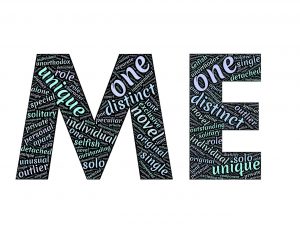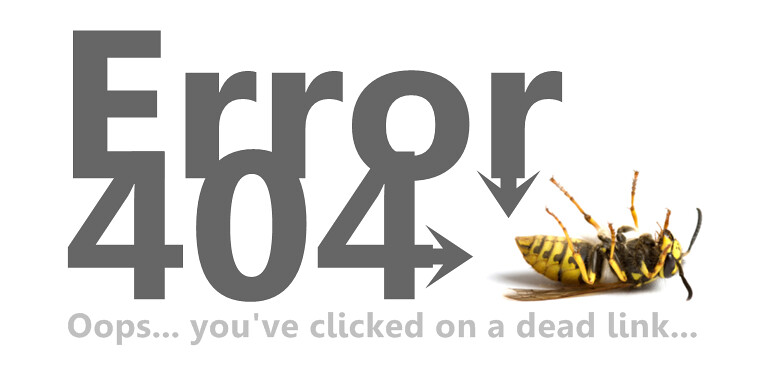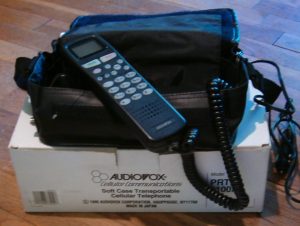This week’s readings were good sources of research for my project, which is to develop an online resource for students working on BC’s Mathematics 10 and 11 courses. There were explanations of theories of learning, lots of pedagogical models for e-learning design and an extensive set of lists of elements of an effective online learning course. Dabbagh’s article focused on the importance of authentic problem-solving learning activities.
I am definitely an ‘approach it from as many different ways as you can’ type of maths teacher. Definitely inquiry-based with some behaviourism, a focus on cognitive pedagogy, leading towards a constructivist task, with some experiential if possible thrown in. I know that some maths skills need to be practiced in a boring way, but if gamification can be included, that is a wonderful way to make the practice more tolerable, with the goal of being able to complete an interesting authentic real-life task at the end of the learning period.
I have just finished participating in another online course through the International Baccalaureate. Our initial course roster included 24 people from around the world and by the time we finished with introductions, we were down to 14, with 10 finishing. Not even a 43% completion rate, unless some of those original 24 were moved to another class. Granted, we were only notified about the requirement 5 days before the course began, and we had to follow a strict weekly completion for the 3 modules, but still, I would expect more than a 43% completion rate from a group of educators that need this upskilling course in order to continue working for the International Baccalaureate Educator Network (IBEN) in the new year. As this course has refreshed my memory on best practices when planning or facilitating this type of course, I am going to compare it to Shé Ní et al’s Table 10 of key factors than impact on professional development. This course was a significant improvement over the first course I had to take with them online. That one was a quick conversion from a face-to-face workshop to online when no one was able to fly due to the April 2010 Iceland volcano eruption. Needless to say, it was not a stellar experience, but IB has significantly improved their online trainings over the years.
Use of model or framework for PD
The model/framework used was similar to other moodle courses I have done with IB. They have improved their use of videos, slides, and online formative quizzes. The work included group work, forums, small groups for discussion and allowed for different timing in the exercises as long as you completed within the week.
They had a very good ten minute introductory workshop to work through that made some excellent points about etiquette in an online environment, including how to create community by giving people positive reasons to join: using people’s names, replying to posts that you connect with, asking questions to encourage responses, keeping contributions concise by using bullet points and blank lines to separate points, focusing on only a few key points to start with (you don’t have to say everything you know in one post), and if you find too many opinions in the forum you can summarize them and post a question.
Institutional support
Obviously this is enabled and valued by IB and the educators in their network as it is a requirement for continued involvement in their educator network.
Communities
Building community takes more time and effort than the single activity posting what you teach, where you teach, and what is important to you as an IBEN educator. Some community was built through posting the required replies, but certain people were more active than others as those with more experience in this type of training tried to engage the others. Our facilitator posted only a couple of times a week, and could have been more active, but she was in the same boat – asked at the last minute to facilitate a workshop while taking a workshop and doing an evaluation visit over the 3-week time period.
Role of the educator
Our facilitator definitely saw herself as a guide and interacted with us publicly on the forums as well as sending us individual emails when we completed a formal formative assessment or if we were not quite on the expected timeline.
Educator type
All of use in the course were experienced educators, but our experience in the online moodle format was varied. Some needed help on how to get documents posted properly or help in how to find provided items. Assistance was given by the instructor and by participants in the forum and through private email exchanges.
Integration of pedagogy and technology
There was some understanding of how technology and pedagogy should be integrated, but as little attention was given to timing or notice of timing of the workshop, this area was compromised.
Situated learning
Our educator was involved in an upskilling of her own while leading our upskilling, so she would have been very aware of the platform. In order to lead this particular workshop, she would have been experienced in leading many previous online seminars.
Modelling best practice
The instructor noticed some lack of clarity in the provided assignments and made sure she clarified the information either before or shortly after we started on the assignment. In one case, where it appeared it should be group work but it was supposed to be individual work, but one group had already finished creating one activity, she suggested the group create 4 different activities instead of the expected 4 individually created activities. She definitely modelled best practice.
Mix of synchronous and asynchronous
There was no synchronous time (not a surprise since we are spread over the world), but yet I think it would have been helpful to build community, even if it had a few short synchronous times for whoever could drop in. I tried to set up a time with my group of 3 for Module 2, but one was in the middle of a hospitalized family member situation and the other just never responded till our project was almost due.
Sharing of practice/Learning from others
There was plenty of opportunity and encouragement to share practices and experiences through the forums. There were some requirements in how to share on some of the topics (statement/phrase/word, circle of viewpoints, etc.), but responses were always in whatever format you wanted.
Online delivery
Yes, and planned for online delivery.
Online presence
Yes, but with the very short timeline, it was difficult to start informal social interactions.
Situated at the point of need
Well, the new documents are being rolled out in January. Workshop leaders need to be evaluated on whether we know them before they are released and we can only have access to the drafts through the workshop. This workshop is definitely situated at the point of need.
Practice based
The training definitely focused on the changes needed in the workshops we lead. The forum formative assignments were sharing ideas on activities we could do in our workshops so participants could inquire into the new documents.
Discipline specific/generic
My workshop was discipline specific as a new Mathematics Guide was being rolled out as well as the new general document on IB Standards and Practices.
So overall, the course rated fairly well. The area really lacking was community and that was compounded by the lack of synchronicity. This is an interesting point for me as the resource I was going to create did not have any planning for community building. I need to do some thinking on this.
Readings
Conole, G., Dyke, M., Oliver, M., & Seale, J. (2004). Mapping pedagogy and tools for effective learning design. Computers & Education, 43(1–2), 17–33. http://ezproxy.library.uvic.ca/login?url=https://doi.org/10.1016/j.compedu.2003.12.018
Dabbagh, N. (2005). Pedagogical Models for E-Learning: A Theory-Based Design Framework. International Journal of Technology in Teaching and Learning, 1(1), 25–44. http://ezproxy.library.uvic.ca/login?url=http://citeseerx.ist.psu.edu/viewdoc/download?doi=10.1.1.475.4593&rep=rep1&type=pdf
Conole, G. (2018). Learning Design and Open Education. International Journal of Open Educational Resources. Retrieved from https://www.ijoer.org/learning-design-and-open-education_doi-10-18278-ijoer-1-1-6/
Shé Ní, C., Farrell, O., Brunton, J., Costello, E., Donlon, E., Trevaskis, S., & Eccles, S. (2019). Teaching online is different: Critical perspectives from the literature. Retrieved from Dublin City University website: https://openteach.ie/wp-content/uploads/2019/11/Teaching-online-is-different.pdf








 and teachers need to get involved in developing games and programs that can be used for formative and summative assessment on more than just knowledge and understanding, but also the development of skills and using skills and knowledge in real-life situations.For those of us researching, we need to be reading items that are being presented at conferences and workshops because they are current. Although they haven’t had the chance to go through the vetting process for publication, that process makes them ancient by the time they are published due to quickly developing technology. Just like the bag cell phone we had when we lived in Northern Saskatchewan, which was out of date by the time we bought it, but was useful because it had the furthest coverage when you were far from a tower.
and teachers need to get involved in developing games and programs that can be used for formative and summative assessment on more than just knowledge and understanding, but also the development of skills and using skills and knowledge in real-life situations.For those of us researching, we need to be reading items that are being presented at conferences and workshops because they are current. Although they haven’t had the chance to go through the vetting process for publication, that process makes them ancient by the time they are published due to quickly developing technology. Just like the bag cell phone we had when we lived in Northern Saskatchewan, which was out of date by the time we bought it, but was useful because it had the furthest coverage when you were far from a tower.
Recent Comments